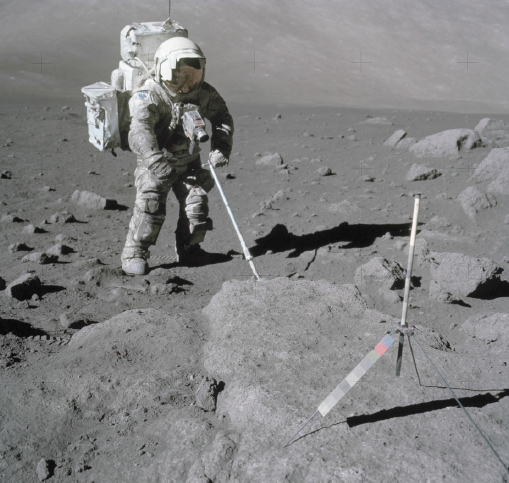A New Era in Space: Ensuring the Future of Biological and Physical Sciences Research: A Decadal Survey for 2023–2032 (2024)
Chapter: Thriving in the Coming Decade

Thriving in the Coming Decade
Space exploration to the Moon and on the way to Mars will be realized in the coming decade, presenting both grand challenges and opportunities. Our understanding of biological and physical processes in space is vital in furthering these efforts to adapt, live, and travel in the expanding space environment.
Quite distinct from the prior decade, the increased participation of the private sector in space exploration and destinations has increased both the potential capacity for and complexity of BPS research in space environments. While the private-sector development of BPS research platforms and destinations can advance national priorities, NASA plays a critical role in leading, supporting, and coordinating this new space science ecosystem.
NASA should work with the other appropriate U.S. government agencies with a goal to establish an office or a mechanism for
commercial sponsorship and collaboration with nonprofit organizations, including academia and government research agencies. That office or mechanism should have the primary focus of coordinating work, providing guidance, and communicating opportunities to the research community.
The coming decade of BPS research in space environments is one in which the United States has the opportunity to thrive, lead, and foster positive collaborations with industry and international partners. This future is not guaranteed. The investment in the BPS research community and infrastructure within and beyond NASA that is recommended in this decadal survey is necessary to ensure that position.

“By the end of the decade, the ISS will be a relic of past partnerships, and several missions will have been completed that take research questions well beyond the environment of low Earth orbit. The U.S. BPS community has an amazing decade of discovery, transformation, and translation ahead—if we seize it.”

